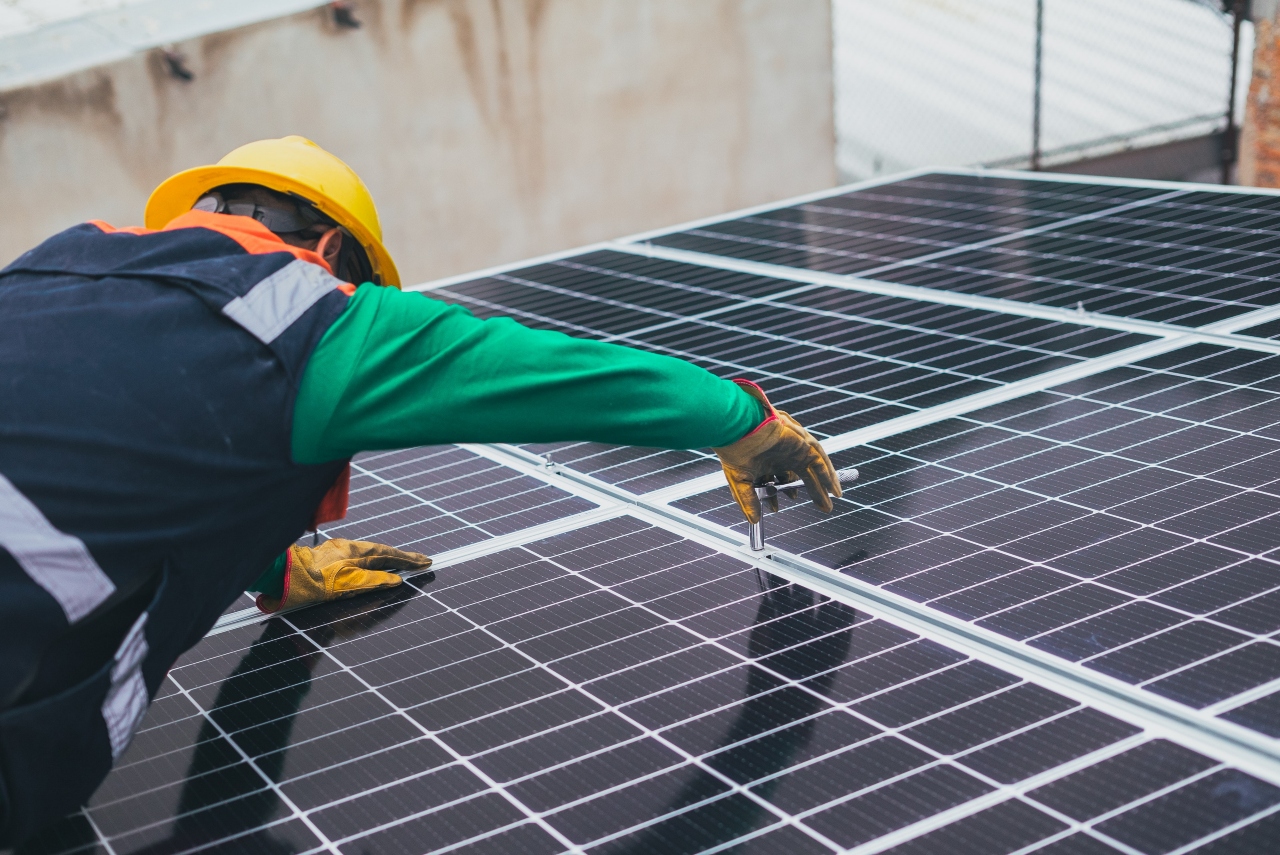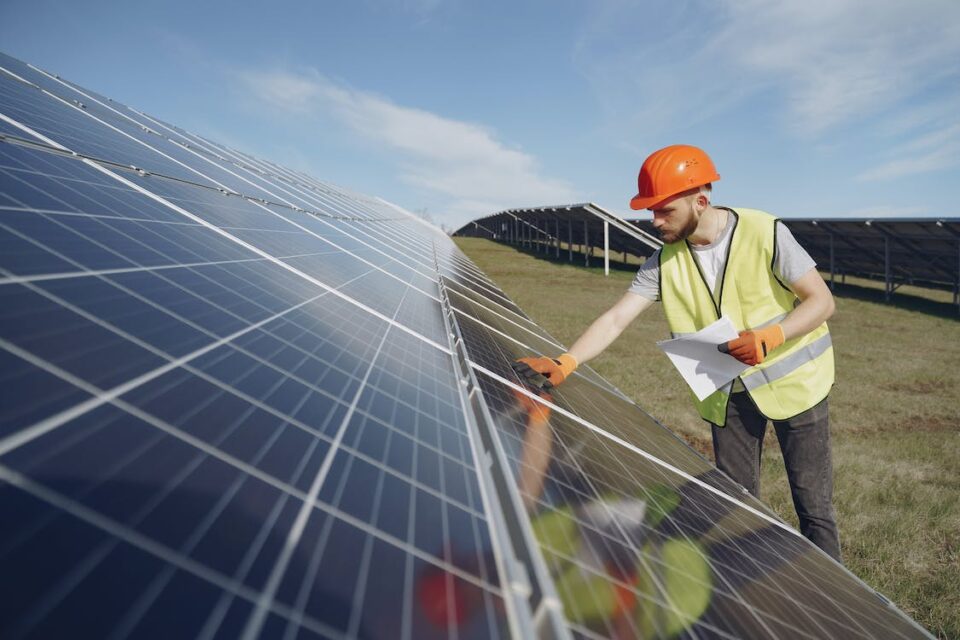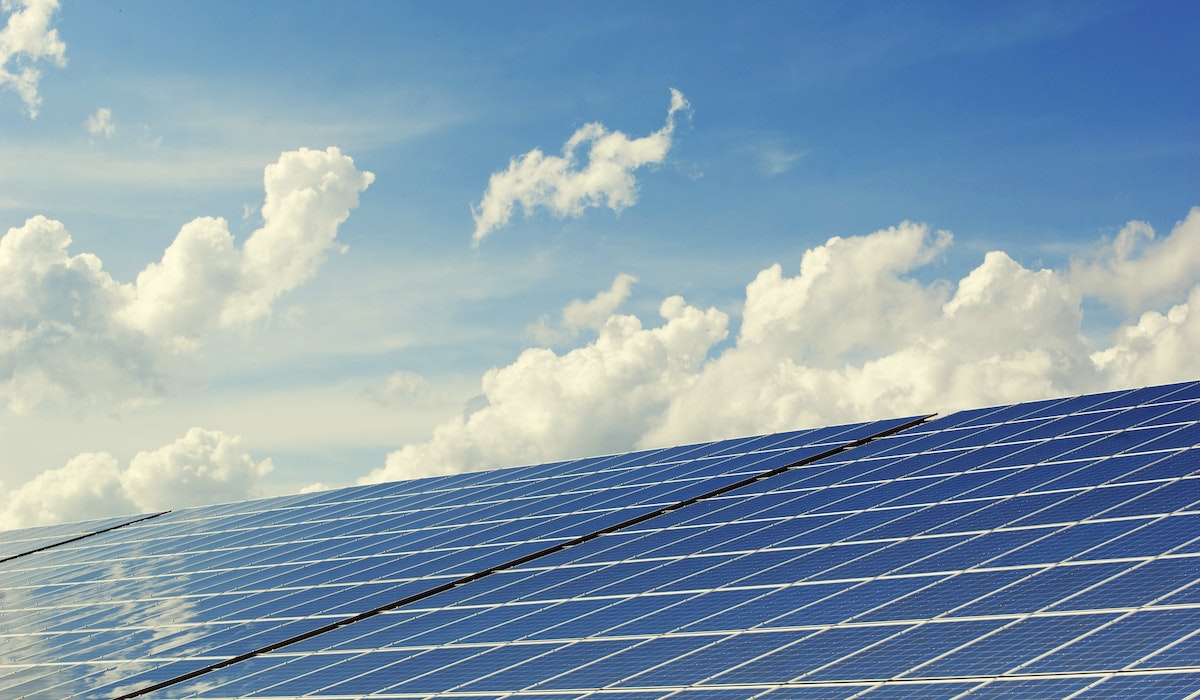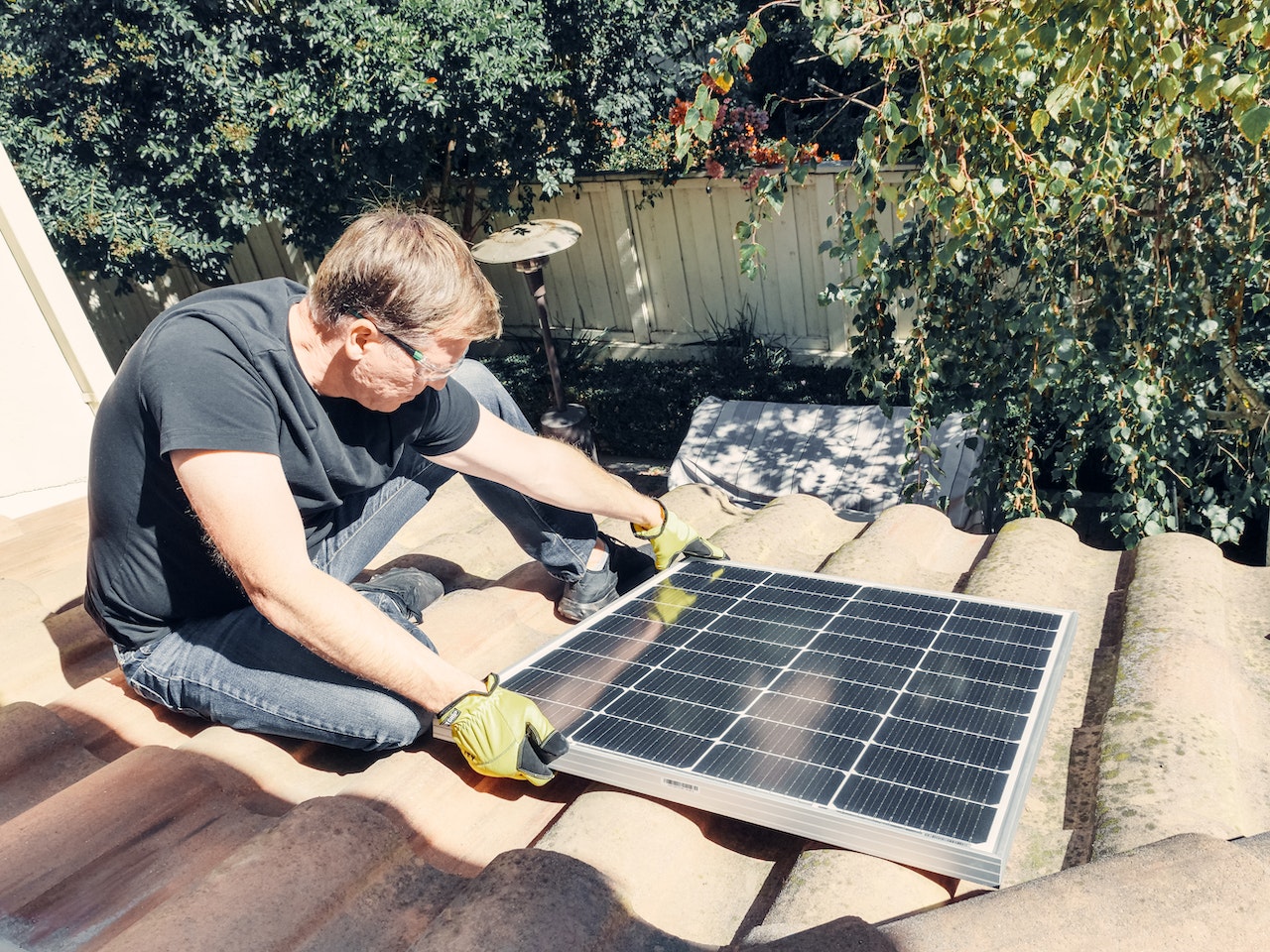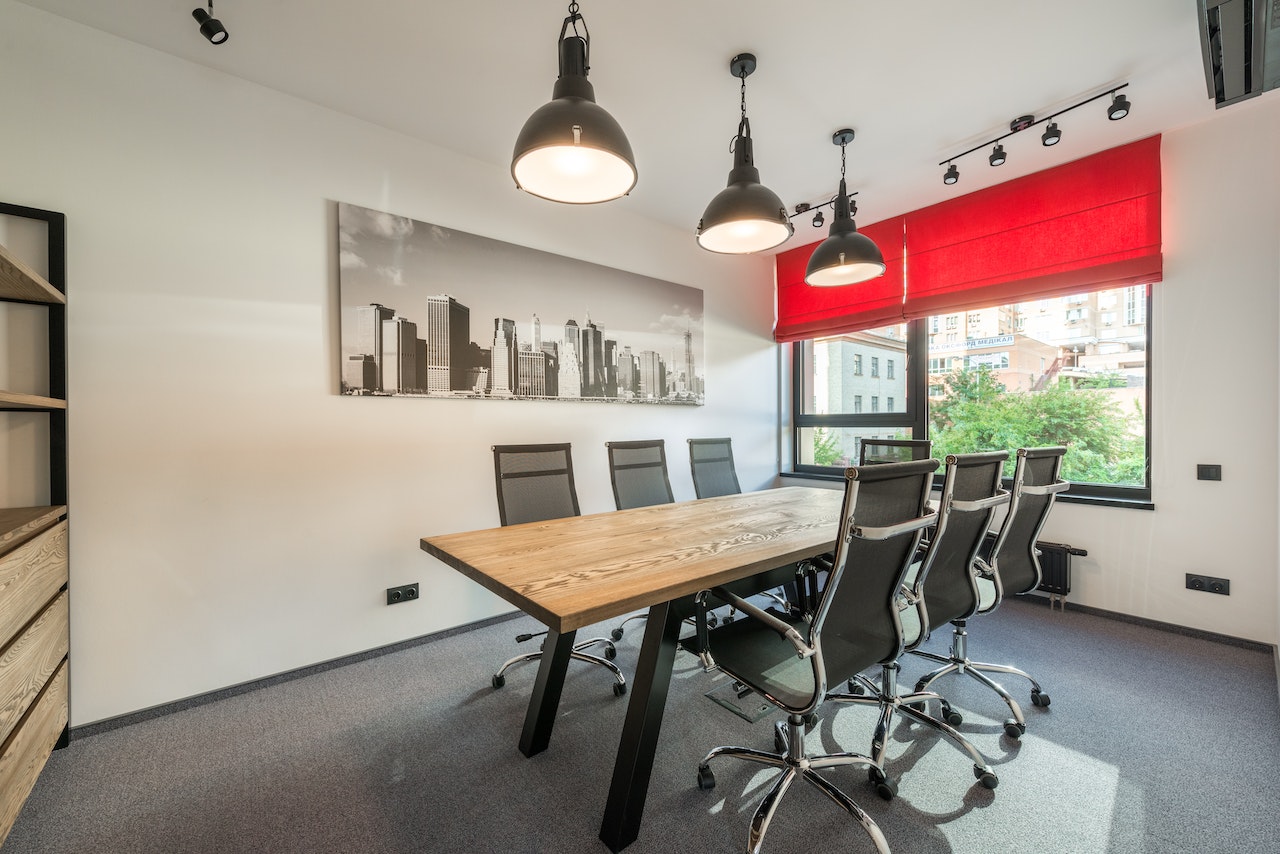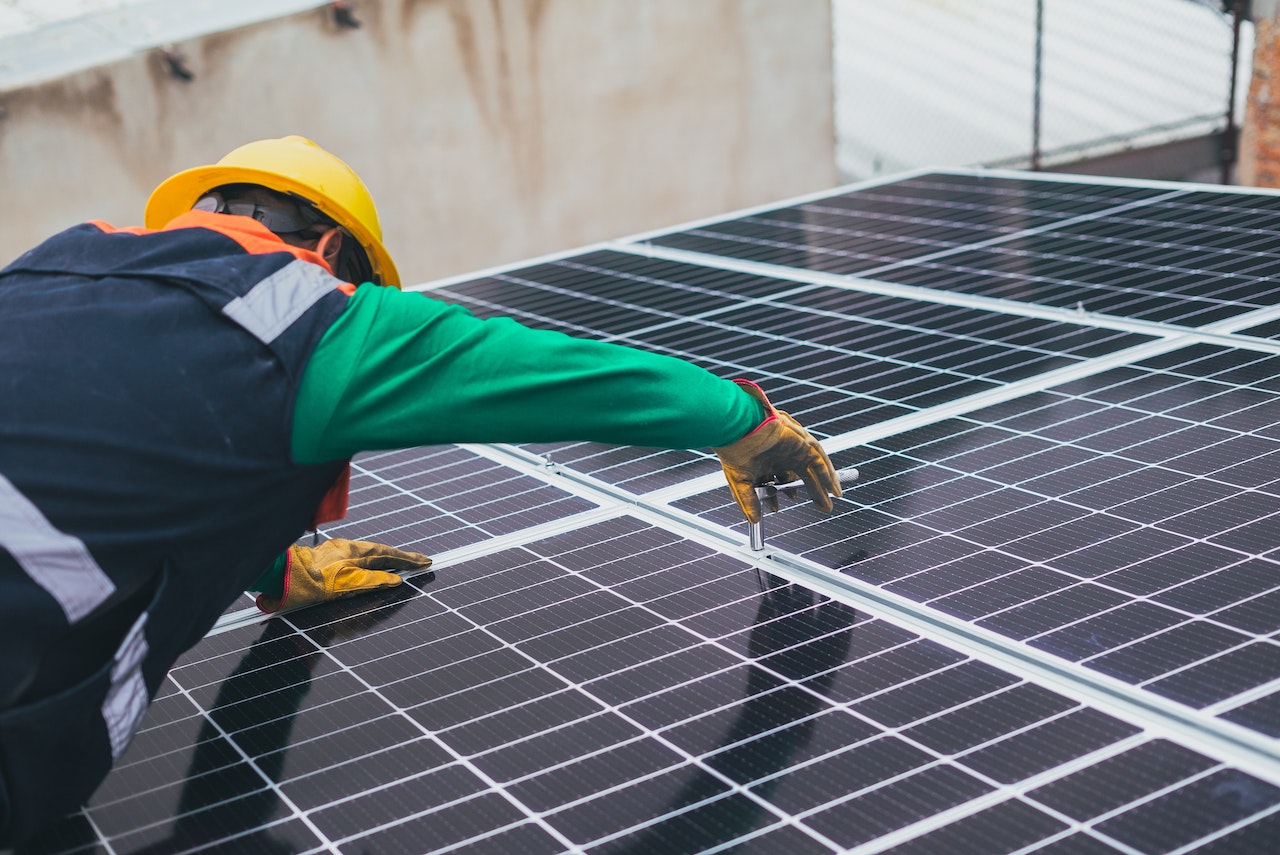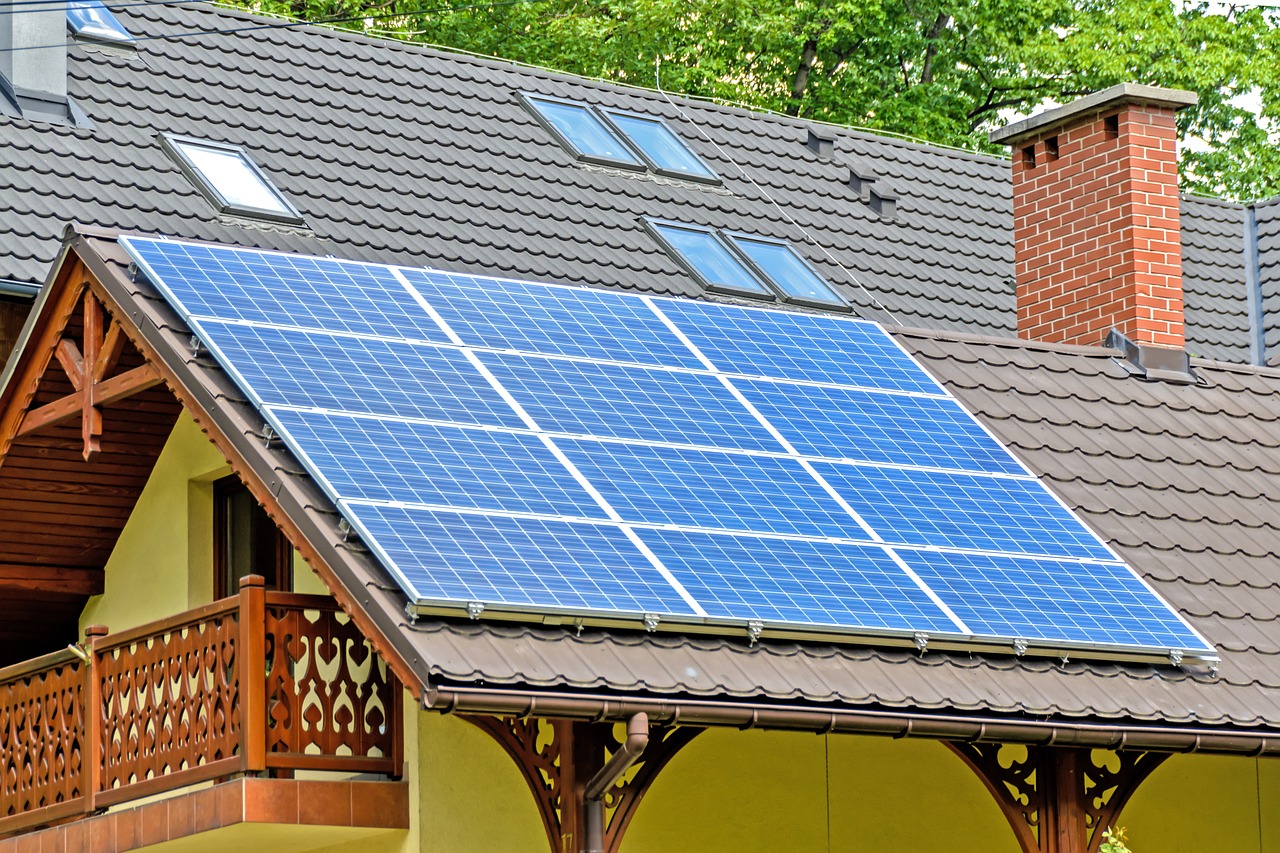
Switching from standard to solar power is a massive QOL upgrade. It is an endless source of clean energy that is available all year long. Not to mention, vast savings on utility bills and tax exemption. Indeed, solar power comes with little to no downsides. In fact, the only one is, arguably, the initial investment. Modern PV systems aren’t cheap. And, considering how it is the investment that should last you a good portion of your life, it is imperative to choose exactly the right one for your home. However, that is easier said than done. With so many different types of solar panels out there, how do you know which one will suit your needs and budget? That’s what Las Vegas solar panel maintenance experts are here to answer.
What different types of solar panels exist?
To understand which type of solar panels is suitable for your home, first, you need to know how they work. It is not our intent to give you a physics lesson here, so we will focus on the basics instead.

With so many different types of solar panels available today, it pays to know as much as you can about their workings.
A PV system in a nutshell
Solar panel cells work on the photovoltaic principle (which is why they are often called PV cells). These cells capture the sunlight and convert it into a direct current (DC). DC is then further converted into alternating current (AC) through a little thingamajig called the “inverter”. And that is the electricity that appliances in your home use. Excess energy (e.g. the energy you don’t immediately use) can be stored in batteries and used when your PV system doesn’t operate at peak efficiency.
The classification of solar panels
The amount of power a solar panel can produce directly depends on the material from which it was built. As such, we can divide solar panels into three distinct groups:
- Monocrystalline;
- Polycrystalline;
- Thin-film.
Each class boasts different efficiency, longevity, looks, and costs. Also, most have several variations, which can make one or more of said traits stand out. However, that also makes the choice a bit more difficult. So, let’s break each one down.
Monocrystalline (Mono-Si) solar panels
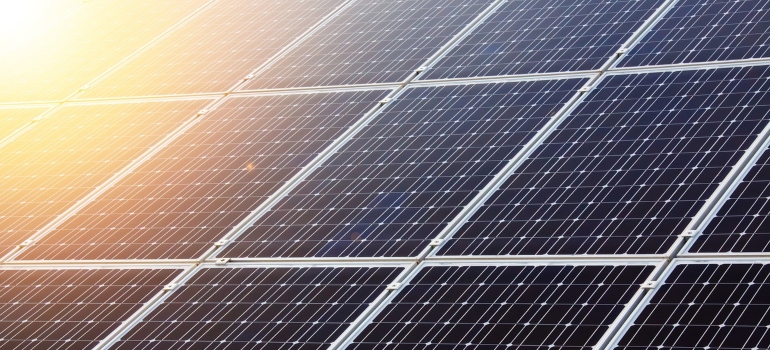
Mono-Si panels boast a recognizable dark hue and octagonal cell shape.
In most cases, when someone talks about solar panels, this is what they imagine. Monocrystalline solar cells are called that because they are made from pure single crystal silicon. This trait gives Mono-Si cells an edge over the competition, for three reasons:
- Efficiency: Mono-Si solar panels are better at converting solar power to electrical than virtually any other. Their efficiency rating is usually 15% to 20%. However, there are reports of them reaching up to 24% efficiency, which is a massive boost;
- Longevity: Mono-Si panels are also among the most durable on the market. It is not uncommon for them to come with a 30-year warranty. Still, this largely depends on the brand, maintenance, and even things like solar panel bird proofing and protection;
- Looks: One of the great traits of Mono-Si panels is their elegant, dark hue. You can easily fit them onto any roof, classic or contemporary, without ruining the curb appeal of a house.
Everything mentioned makes Mono-Si solar panels the #1 choice. Unfortunately, though, that choice comes at a price. In short, the manufacturing process of monocrystalline solar cells is quite wasteful. It takes a lot of raw materials to produce pure silicon ingots. As such, Mono-Si panels are the most expensive on the market. Still, considering how that’s the only “bad” thing going for them, they remain on the very top.
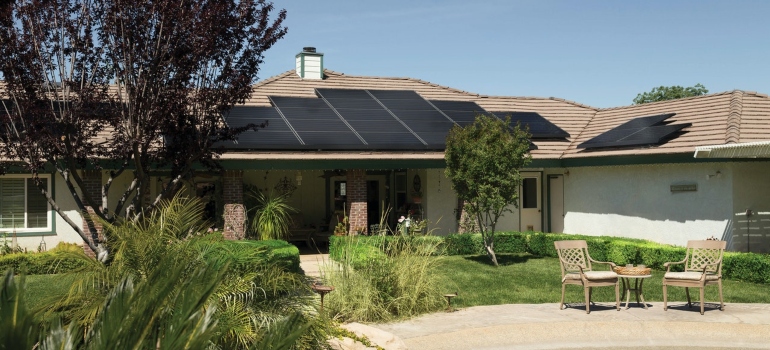
Monocrystalline panels are the most efficient but, also, the most expensive.
Get more perks with PERC
PERC stands for “Passivated Emitter and Rear Cell”. This is a new take on classic Mono-Si power cells. The addition of a passivating layer to standard solar cells boosts the efficiency of the entire system. Without getting too technical, it improves the amount of light that a cell “captures”. Thus the conversion rate increases by an additional 5%, for a grand total of 25% to 29%.
Furthermore, since they boast higher efficiency, PERC panels can be smaller in size. This makes them ideal for smaller roofs, where every inch counts. Lastly, this type of panel is only slightly more expensive than traditional Mono-Si ones. Meaning that you can see that ROI even faster – often within a single year. So, definitely a choice to consider, if your budget allows it.
Polycrystalline (Poly-Si) solar panels
After Mono-Si, Poly-Si panels are the next best thing. This type boasts solar cells made of many silicone crystals, which gives them a recognizable marbled pattern and blue hue. As such, they are a popular choice for many modern buildings.
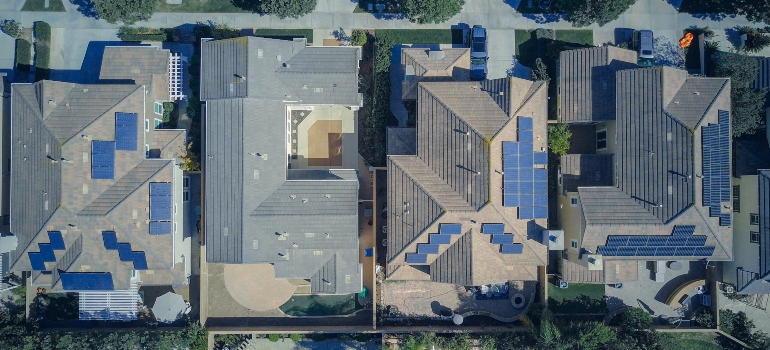
The blue color and marbled pattern make Poly-Si solar panels really pop out.
The biggest upside of this type of panel is its price-per-watt ratio. The manufacturing process of Poly-Si cells is far simpler and much less wasteful. As such, they can cost anywhere from 10% to 25% less than their Mono-Si cousin.
However, as it usually goes, this lower price comes with some downsides:
- Lower efficiency. Poly-Si panels are less effective at converting sun rays into usable power. Their rating averages from 13% to 16%, which is a significant downgrade from Mono-Si. Still, that doesn’t mean they are bad, per see. With a bit of planning, they can more than fulfill the needs of an average household.
- Slightly lower lifespan. While Mono-Si can last even up to 50 years, Poly-Si’s are more in the 25-40 range. But, with regular maintenance by a proficient solar panel cleaning Henderson crew, you can stretch that period a bit.
- They require more space. Poly-Si panels are larger and bulkier than Mono-Si ones. Therefore, they are better suited for larger roofs or ground installation.
One of the main concerns with Poly-Si panels is the climate. Poly-Si panels aren’t really “fond” of heat. So, they may not be the best choice for scorching environs, such as Vegas. Still, this trait can vary from one manufacturer to another.
Thin-Film Solar Cell panels
Last, but not least, on our list of different types of solar panels are the ones that boast Thin Film Solar Cells (TFSC). Right from the get-go, the first thing that catches the eye here is the price. Indeed, TFSCs are the cheapest of the bunch. The reason is that they are the least demanding, manufacturing-wise. The materials are widely available, making them easy to mass produce.
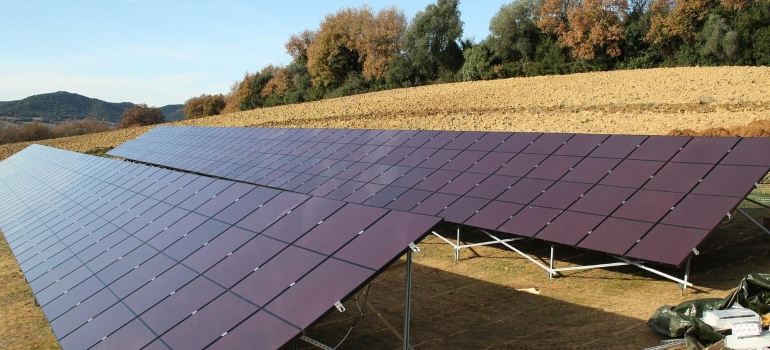
TFSCs are the most versatile out of all the different types of solar panels.
The second massive upside of TFSC panels is their flexibility. This type of solar panel is made by stacking PV materials atop one another, in a process that forms a foil-like product (hence the name). So, instead of being rigid as Mono-Si and Poly-Si, you can bend and wrap it to your heart’s desire. This trait makes TFSCs amazing for both huge and uneven roofs.
Inadvertently, said process makes this type of solar panel differ in colors, albeit not by much. Which means you can easily fit it into every environment. Also, some may argue that TFSCs are hard to clean. But, that’s more about the shape of the base upon which they rest. A skilled pressure washing Las Vegas team will have no trouble treating them, whatsoever.
However, this incredible versatility comes at a high cost of effectiveness and longevity. TFSCs are the least effective of all the different types of solar panels mentioned here. With an efficiency rating of only 7%-13%, they may seem not worth the investment. Especially considering they last only 10-20 years, on average. But, it only seems so. Their price and the possibility to slap them virtually anywhere makes them more than worthy of consideration.
Which of these different types of solar panels is right for your Las Vegas home?
When it comes to solar panels, there is no “one size fits all”. Sure, if we were to simplify it to oblivion, then PERCs are obviously the most bang for your buck. On the flip side, the same could be said for TFSCs, under the right conditions.
In reality, it is all about your needs and possibilities. You may have the budget for PERC – but maybe your roof cannot support it. Perhaps you love the look of Poly-Si, but it would make your home stick out like a sore thumb. Therefore, when making a decision, it is important to take several factors into account:
- Energy efficiency;
- Price per watt;
- Climate conditions;
- Roof space and construction.
Even things like aesthetics and length of stay in the current house are factors worthy of consideration. After all, it is a long-term investment and, as such, one you shouldn’t rush into.
Going solar is an amazing choice – and it will only get better
Solar power is gaining traction by the day. This comes as no surprise, considering all the benefits it brings. And with the head-spinning advancements in technology, said benefits will only grow in size and scope. Therefore, if you’re having any doubts about going solar – don’t. It is, most definitely, the right choice. Even so, it pays to be calculated. Choosing among so many different types of solar panels isn’t a small task. So, we’ll leave you with one last piece of advice.
Do your research and weigh your options carefully. While benefits will certainly show, their scope will be the result of your choice. As such, it is essential to make it an informed one. And, of course, if ever in doubt, do not hesitate to turn to the pros for advice and guidance.
